In the realm of the American automotive sector, hardly any categories have made such a significant impact as this particular segment. muscle car As a country, the U.S. is closely linked with these impressive, high-performance vehicles that provide an unparalleled driving experience, thanks to numerous cars enriching this genre’s storied past. Although iconic models such as the Ford Mustang and the Dodge Charger have dominated the scene for many years, another marque merits similar acclaim for making muscle cars widely accessible long before others did so.
The origins of the muscle car can be traced back to the 1940s. however, the concept of having a huge V-8 engine beneath the bonnet In the 1960s, particularly extending into the early '70s, boxy, lightweight designs began gaining popularity. Despite the market already offering numerous big, potent vehicles—many of which were categorized as luxury models with steep prices—a new era dawned in 1964 when Pontiac launched a vehicle that would go down in history as one of America’s quintessential automobiles. This car made high-performance capabilities accessible to everyday consumers, previously exclusive only to racing circuits. launching the era of dominance for muscle cars .
To provide you with the latest and most precise details available, the information for this article was gathered from different manufacturers as well as other reliable sources.
Proto-Muscle Lights The Fuse
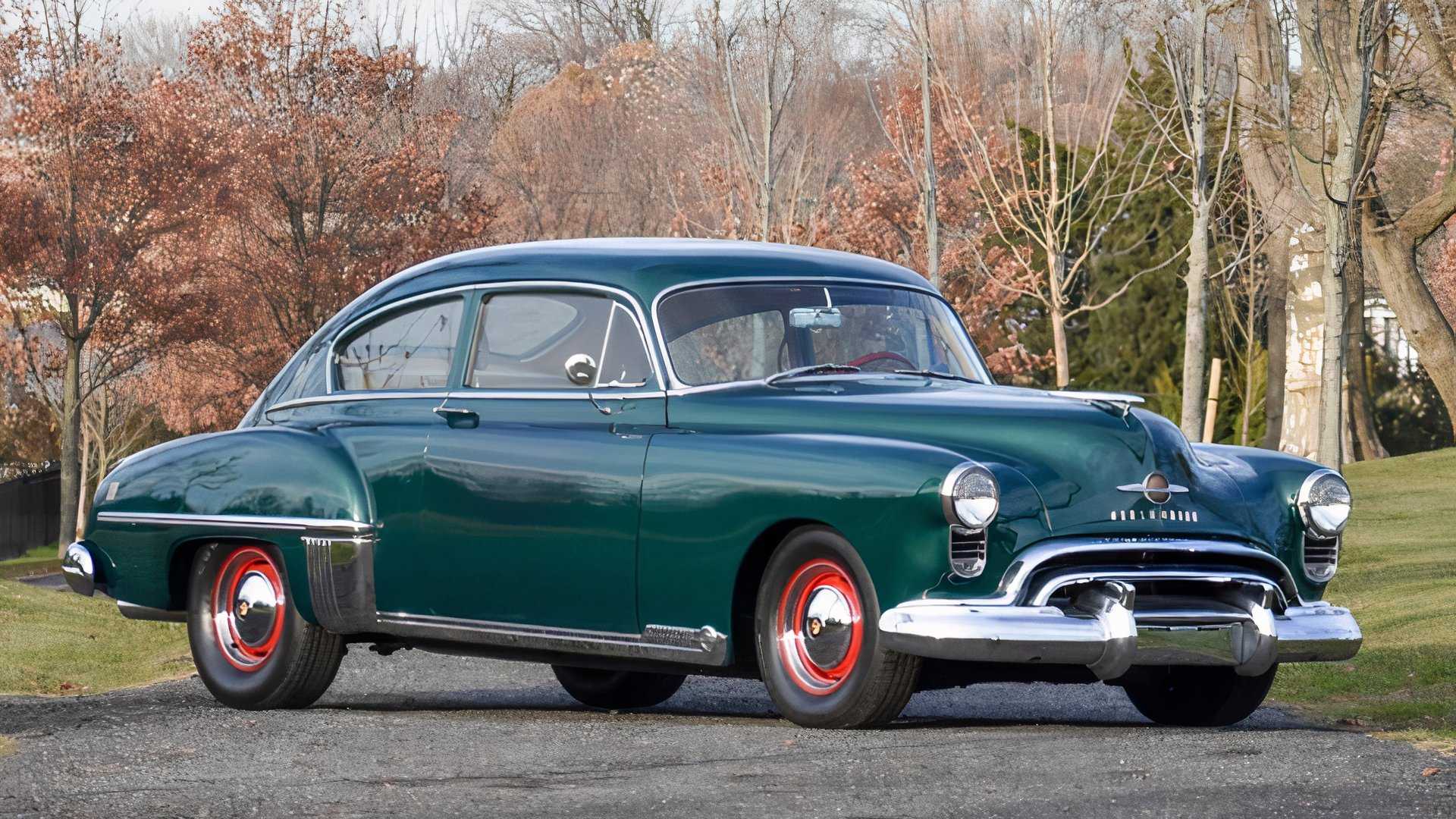
While there were quick mid-range vehicles prior to the GTO, they didn't truly qualify as muscle cars due to several factors. Nonetheless, these models undoubtedly ignited the boom in 1964, particularly when it came to delivering potent engines directly from the manufacturers to everyday roads. The 1949 Oldsmobile Rocket 88 is frequently recognized as the original prototype muscle car. since it was a fairly lightweight car equipped with a large V-8 for its era.
1949 Oldsmobile Rocket 88 Performance Details
The 159-horsepower engine might not seem extraordinary today, but at that time, it was powerful enough to establish the Rocket 88 as the leading vehicle in the NASCAR racing scene. In 1955, Chrysler introduced the 300-horsepower C-300, which they proudly called “America’s Most Powerful Car,” and rightfully so since it truly lived up to this claim. However, being a full-sized luxury model, it certainly didn’t fit into what we would consider an affordable performance car category.
Muscle Car Precursors
- 1949 Oldsmobile Rocket 88
- 1955 Chrysler C-300
- 1956 Studebaker Golden Hawk
- 1957 AMC Rambler Rebel
- 1962 Dodge Dart Max Wedge 413
- 1962 Studebaker Avanti
- 1963 Dodge 330 Lightweight
- 1963 Ford Galaxy R-Code
- 1963 Chevrolet Impala Sport Coupe Z11
The Studebaker Golden Hawk, launched in 1957, featured a powerful 275-horsepower V-8 engine and boasted an impressive power-to-weight ratio. However, like many others at the time, it was primarily categorized as a personal luxury vehicle. If we're looking for something closer to what would be considered a muscle car before the GTO era, then perhaps the 1957 AMC Rambler Rebel comes nearest to meeting that description.
1957 AMC Rambler Rebel Performance Specifications
It was the initial mid-size vehicle equipped with a large V-8 engine and offered at an accessible price point; however, why didn’t it claim the title of being the original muscle car instead of the GTO? The main reasons were its unattractive appearance followed by its lackluster style. Additionally, the Rambler Rebel came as a four-door model—a major drawback for what could be considered a muscle car—but most crucially, It simply didn't look like an impressive vehicle. Certainly, it was quick, but the owners solely utilized that speed to escape the mockery and finger-pointing.
Factory Drag Cars
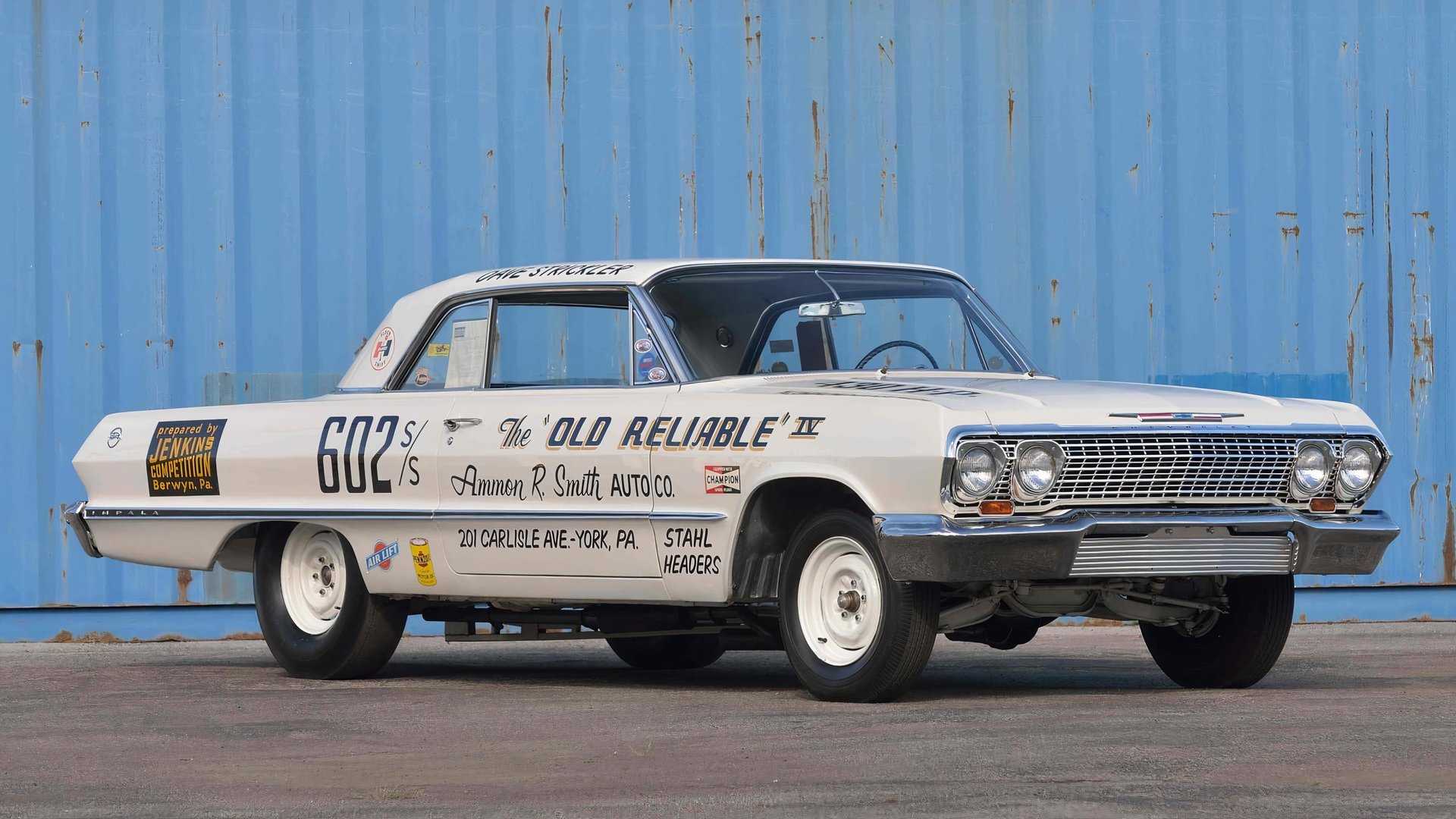
In the early 1960s, as drag racing gained more fans, the three major car companies began to take notice. came up with some awesome ready-for-factory vehicles To satisfy the demand, the 1963 Ford Galaxie R-Code and the 1964 Thunderbolt emerged as formidable drag racing vehicles capable of completing a quarter mile in just twelve seconds. Chevrolet introduced the potent '63 Impala Z11; although officially classified as a full-sized car, it was incredibly quick. Meanwhile, Dodge launched the lightweight 330 model known for its astonishing speed. These automobiles were manufactured in exceedingly small quantities specifically for competition purposes, hence not available as standard consumer models. Nonetheless, this notion of producing high-performance factory-built drag cars significantly influenced the development of what we now recognize as American muscle cars.
Funmobiles
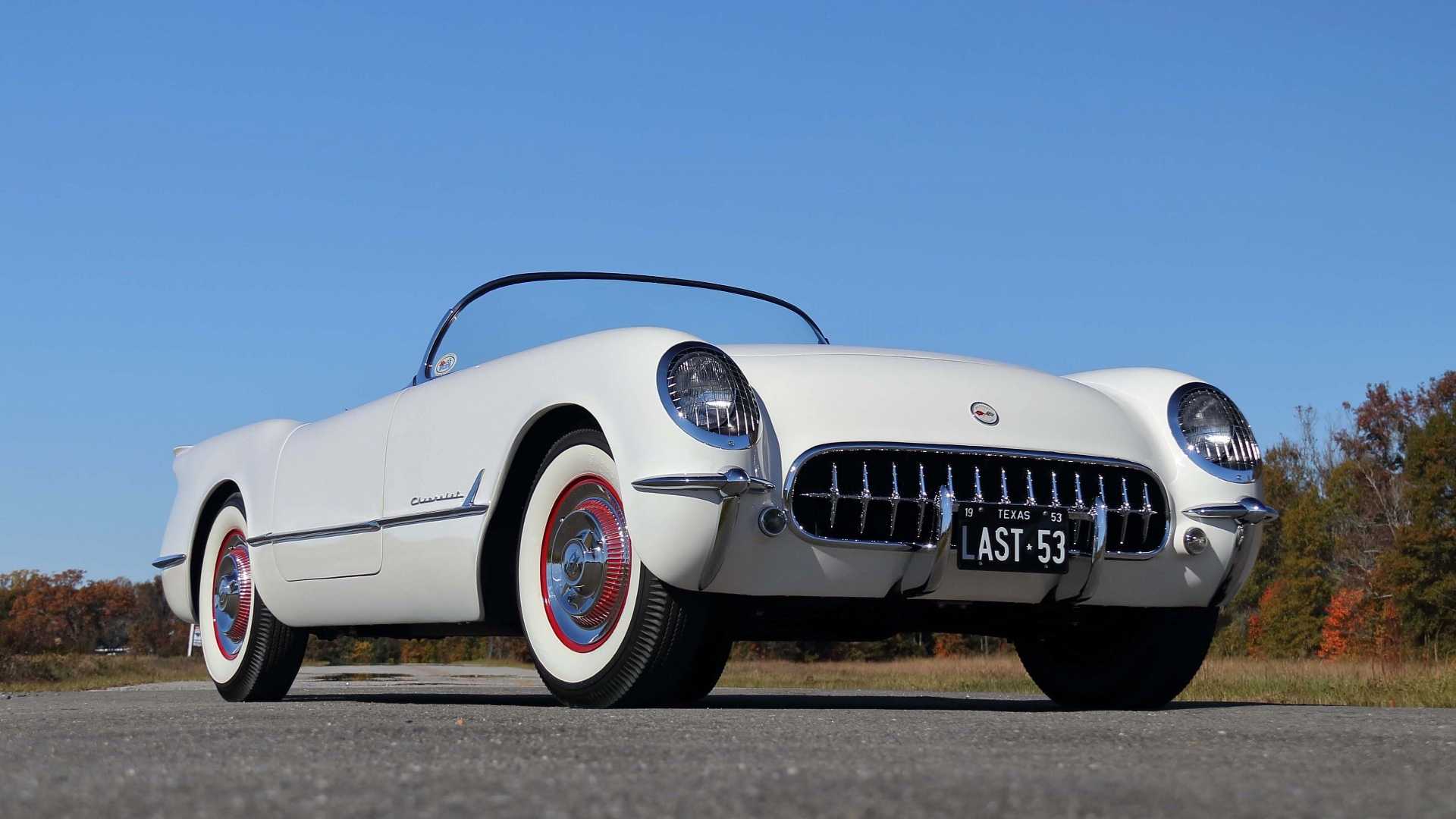
Before the launch of the Chevrolet Corvette in 1953, every American automobile was designed primarily for utilitarian purposes such as carrying goods, pulling trailers, or serving as straightforward transport. In contrast, the Corvette was crafted purely for pleasure—a concept that gained traction quickly. The following year, Ford introduced the two-seater personal luxury sports car known as the Thunderbird, famously described as being “fun, fun, fun” until reality intervened.
The Ford Mustang, set to launch in 1964 alongside the GTO, became one of the most anticipated reveals in Detroit despite being widely speculated about; this exemplified the rising preference for sheer driving pleasure. Enjoyment and style were central themes within the muscle car culture.
Lifting Weights With The '64 GTO
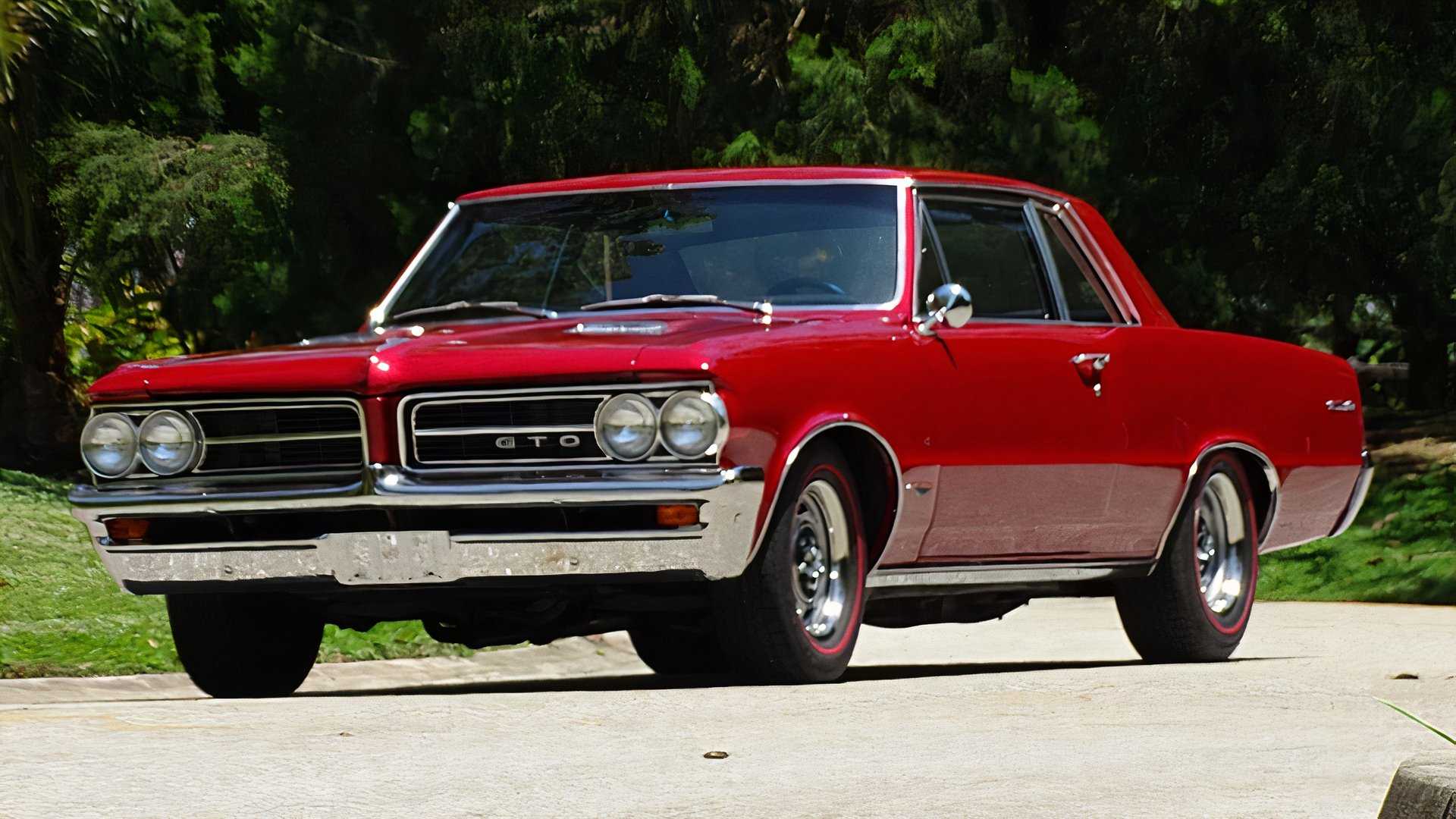
Everything was set for crafting an impressive muscle car capable of delivering exhilarating stock performance at a budget-friendly price point; someone merely needed to bring it into existence. Interestingly enough, the birth of the muscle car happened because of General Motors’ attempts to prevent such vehicles from ever materializing. In 1963, GM instituted a corporate directive prohibiting all its departments from engaging in motorsports activities. Consequently, they ceased producing dedicated racecars and withdrew entirely from competitive events like NASCAR and long-distance races. Despite these seemingly irrational restrictions, part of their policy also capped engine size limitations in mid-sized models at 400 cubic inches—a misguided move that inadvertently paved the way for the very machines they were trying to suppress.
1964 Pontiac GTO Engine Details
John DeLorean, who led the Pontiac division, felt frustrated with this sudden restriction on larger engines and began contemplating ways to circumvent it. Although the actual limit imposed on mid-sized engines was set at 330 cubic inches, there existed a loophole allowing options up to 400 cubic inches. The largest Pontiac V-8 fitting these regulations back then was the 389, typically found in their full-size Grand Prix model. This engine had fairly moderate output when unmodified, ranging from 303 to 318 horsepower; however, adding the “Tri-Power” configuration—a trio of dual-carburetor setups—boosted performance significantly to around 368 horsepower. Even though this wasn’t extraordinary next to later models like HEMI or the 454 LS6, it still represented considerable muscle for cars during 1964.
The Tempest Storm
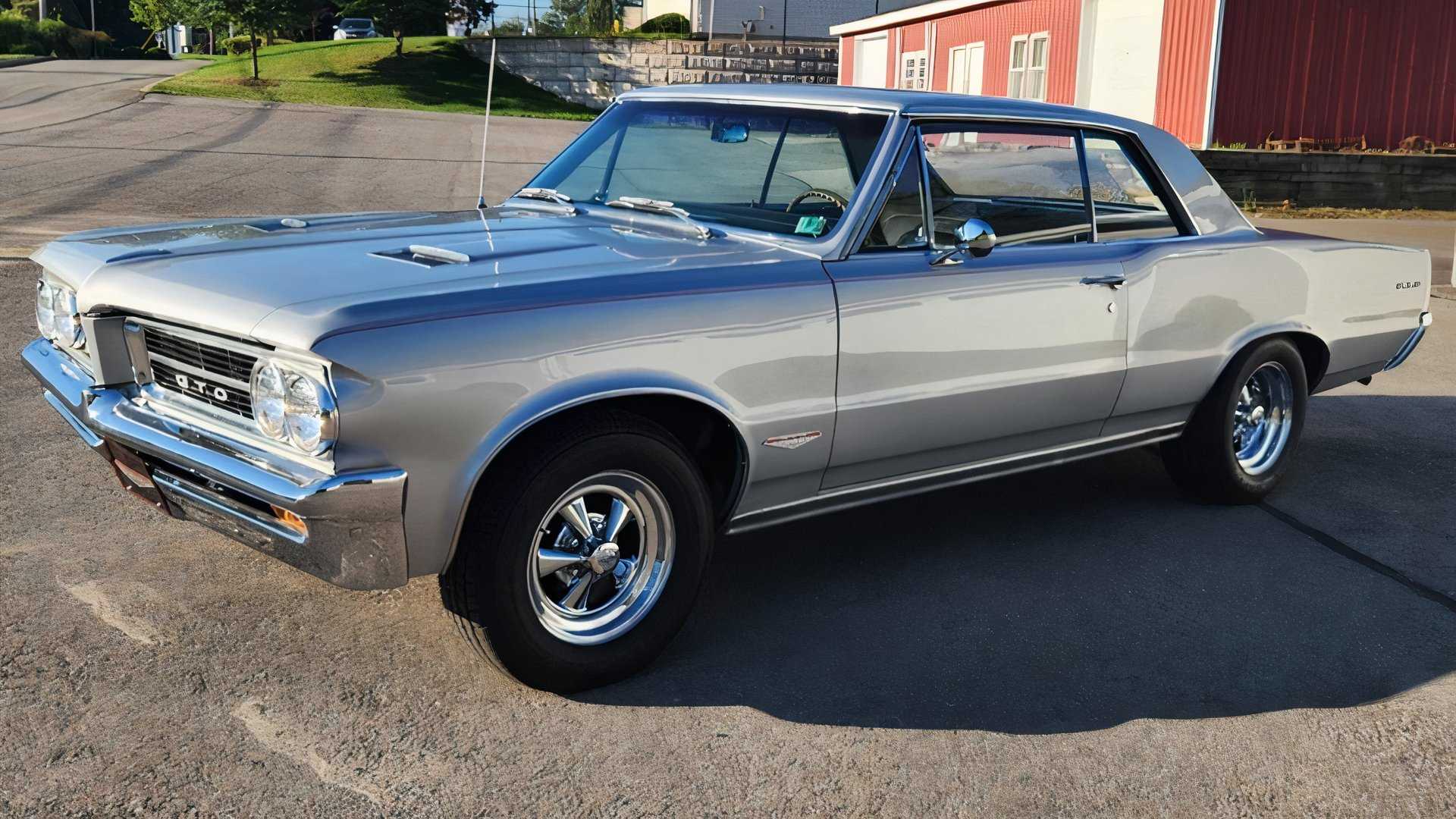
Equipped with an excellent engine, the DeLorean only required the appropriate vehicle for installation. Guiding the transformation, the Pontiac Tempest evolved from a quirky small car into a sleek midsize model in 1964. This alignment proved ideal, driven by a strong opposition to General Motors' prohibition on certain engines. a killer high-performance V-8 , and a bold, powerful automobile. This situation is somewhat like the paradoxical question “which came first, the chicken or the egg?”—did John DeLorean conceive this concept, or was he inspired by it? Ultimately, what truly matters is that everything fell into place, leading to the creation of the iconic vehicle—the 1964 Pontiac GTO—which heralded the golden age of muscle cars.
The Finishing Touches
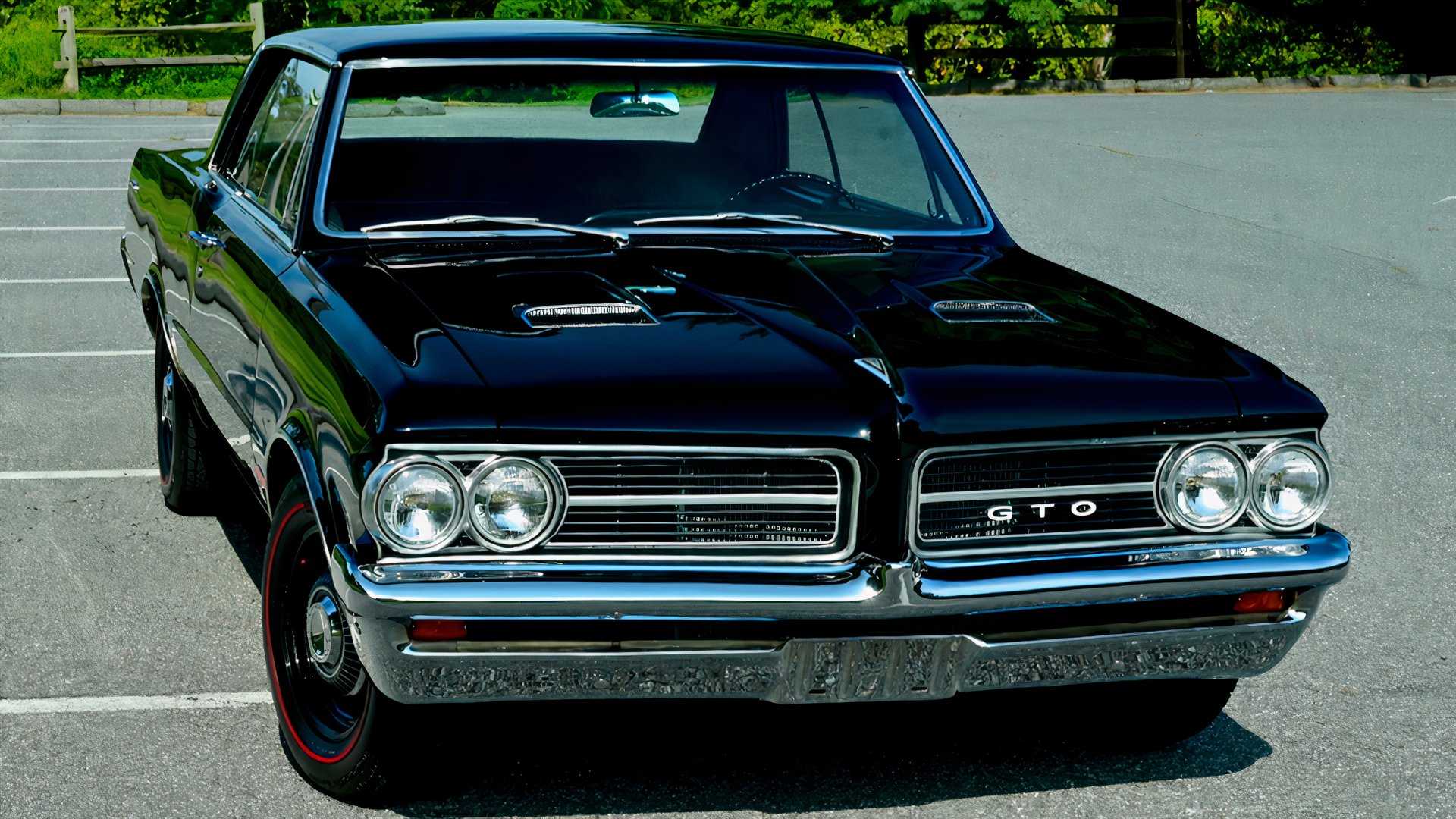
We're aware that for about 25 years leading up to 1964, there were several intermediate-sized vehicles with impressive performance. However, two key elements remained before fully establishing the precursor to the muscle car phenomenon. One element was an appealing moniker, and DeLorean opted for "GTO," which stands for abbreviated from the Italian term Gran Turismo Omologato , which essentially refers to qualifying for endurance racing.
Forget about the fact that the car would never make it to the 24 Hours of Le Mans; the shortened version of GTO promises a powerful experience that feels almost as impactful as being kicked in the rear end. More crucially, securing this vehicle at an accessible price point was key. While a top-of-the-line 1964 GTO came with a hefty price tag, upgrading the basic model Tempest with the performance pack cost just $2,662 back then—equivalent to approximately $27,091 today—which made raw power available to many enthusiasts.
GTO Kicks Off The Horsepower Battles
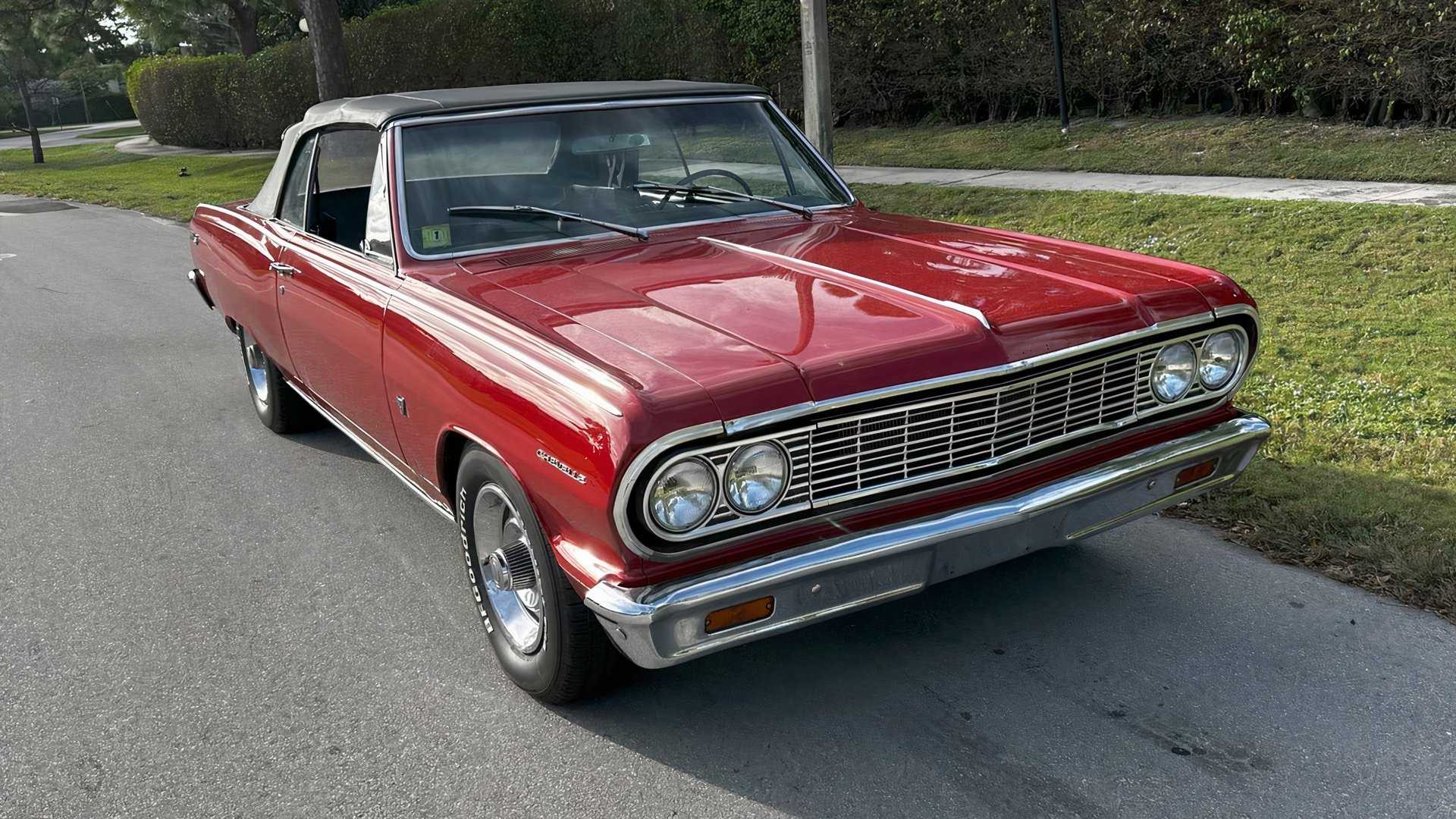
The true brilliance of the GTO also lay in its marketing strategy. It targeted young consumers, an innovative approach at the time. Unlike traditional sedans aimed at families or older buyers, this vehicle catered specifically to younger drivers looking for excitement. The result was spectacular: during its inaugural year in 1964, sales reached 32,450 units, far exceeding Pontiac’s initial projection of just 5,500 vehicles. Naturally, this massive success prompted competitors to follow suit, recognizing the potential demand for budget-friendly performance cars.
First-Wave GTO Copy Cats
- 1964 Chevrolet Chevelle SS
- 1964 Mercury Cyclone
- 1964 Oldsmobile 4-4-2
- 1964 Plymouth Sport Fury
- 1965 Buick Gran Sport
Right after the GTO hit the market, numerous competitors rushed to join the burgeoning muscle car segment. General Motors' various brands quickly developed more potent variants of their mid-size models such as the Buick GS, Chevrolet Chevelle SS, and Oldsmobile 4-4-2. While Ford initially focused on the success of the Mustang before entering this arena, Dodge and Plymouth intensified competition with upgrades to their current offerings. In reality, Chrysler Corporation led the charge in ratcheting up the stakes by equipping their vehicles with progressively stronger motors ranging from the 413 Max Wedge to the iconic 426 Street Hemi. Thus, the GTO paved the way for subsequent developments in this competitive landscape. What could turn into a horsepower battle, As manufacturers strive to outdo one another in terms of potency and intensity.
Second Surge of American Brawn
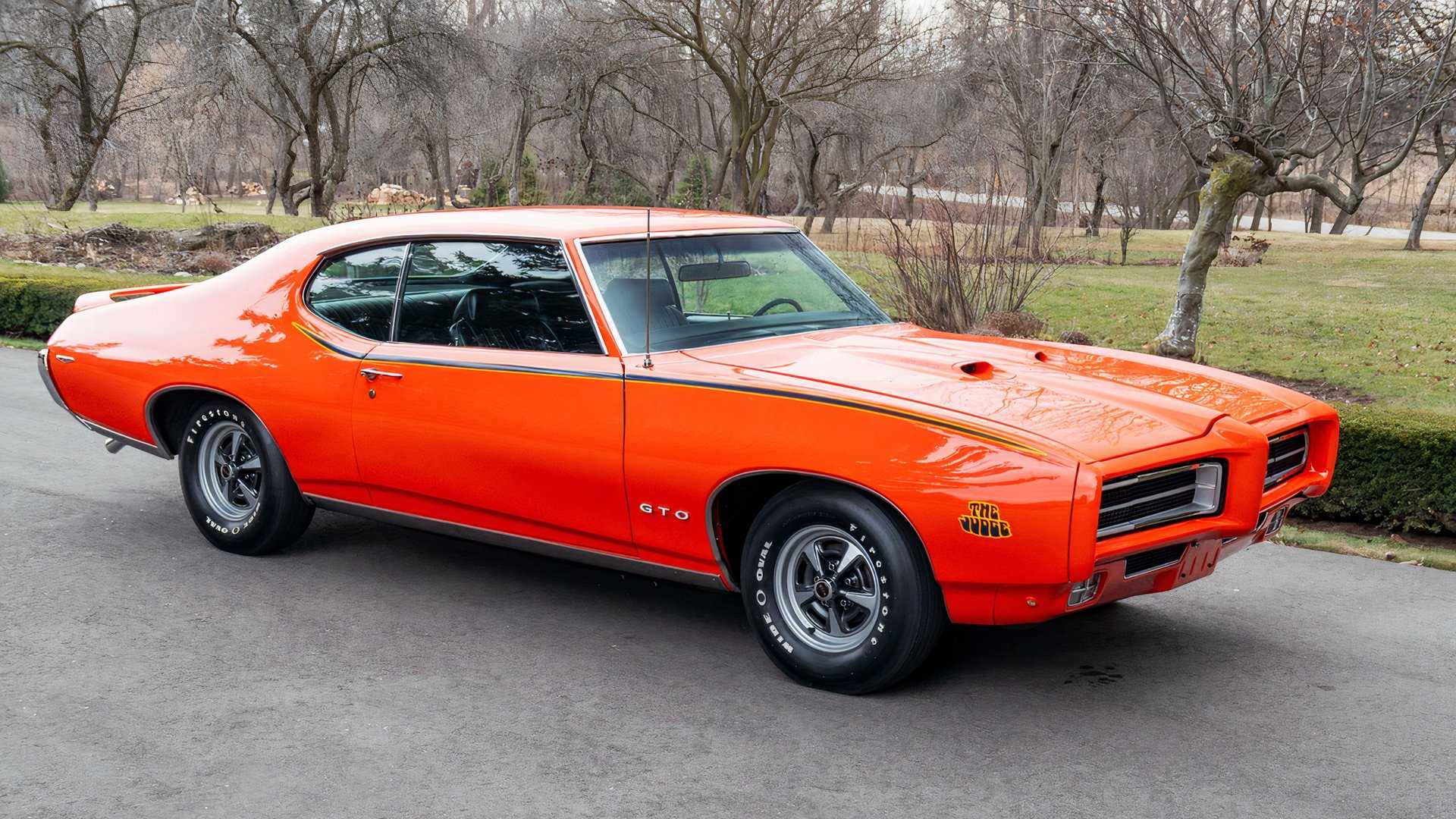
The 1964 GTO unleashed a flood into an unexplored market sector, leading to what many consider the pinnacle of American car history. Initially, these early muscle cars like the GTO were enhancements added to pre-existing vehicle lines. However, starting around 1967, every major auto manufacturer began introducing their own high-performance brands. It was during this period that iconic vehicles such as the Camaro, Road Runner, and the definitive second-generation Charger took over the streets. In 1968, the GTO received a significant upgrade, reaffirming its status as the ultimate powerhouse. Then, in 1970, General Motors removed its restrictive policy against large engines, allowing the GTO—nicknamed "the Goat"—to finally receive the long-desired 455 V-8 engine capable of delivering substantial power.
Pontiac GTO: The Unchallenged Champion of Muscle Cars
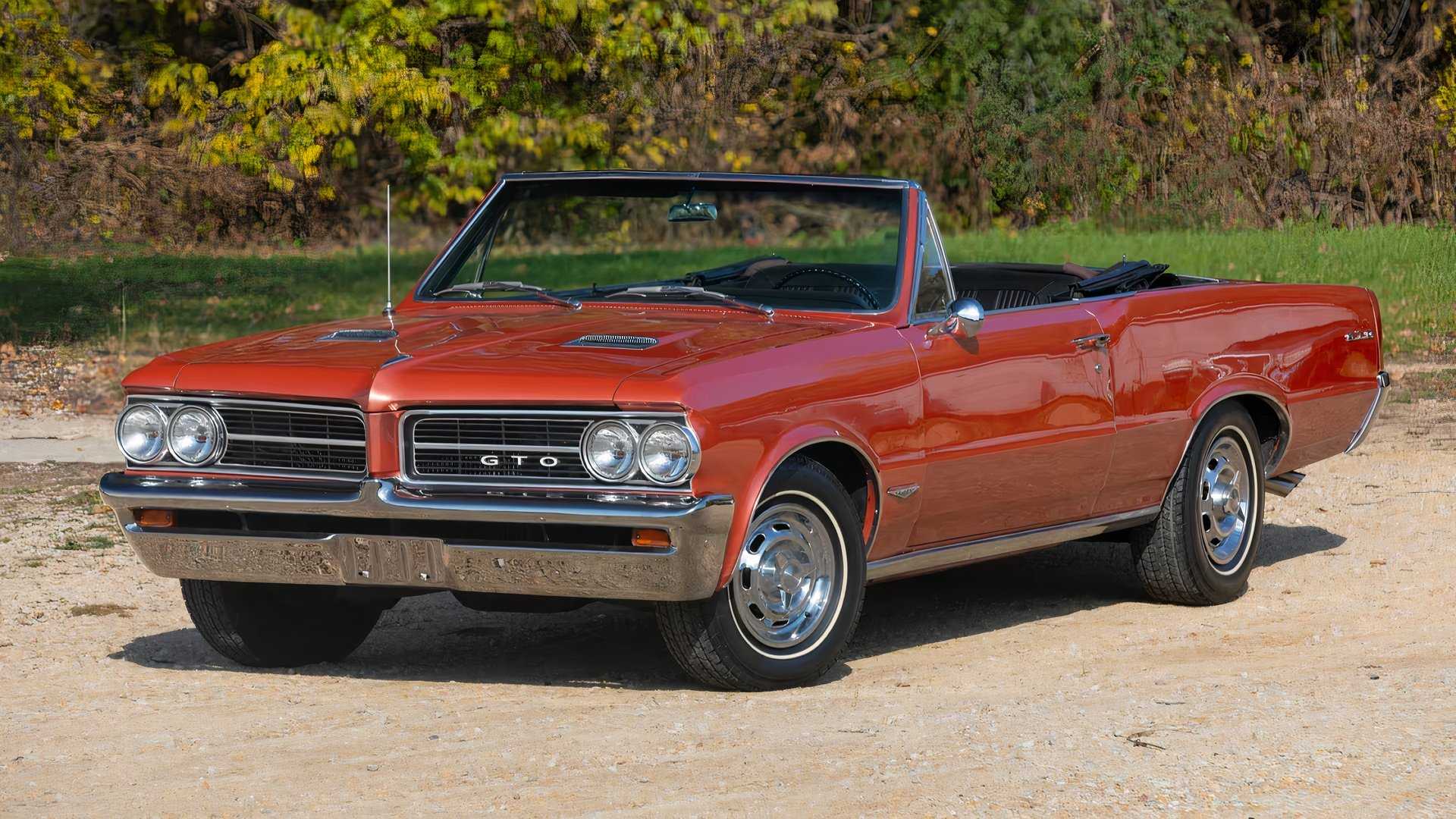
Many Mopar enthusiasts might wonder why the 1962 Dodge Dart Max Wedge 413 isn’t recognized as the original muscle car. That particular year marked when the Dart transitioned into an intermediate model. The vehicle featured a sleek two-door design with a powerful 380-horsepower engine equipped with dual four-barrel carbs. Interestingly enough, it also received mention in a Beach Boys tune. As someone who’s deeply passionate about classic reds—be it Tor-Red or perhaps Plumb Crazy—the ‘62 Dart has several factors preventing it from being labeled the first muscle car. For starters, aesthetically speaking, it lacked that striking appearance many associate with iconic models. Additionally, after adjusting for inflation, its cost fell somewhere around $30,000, making it quite pricey. Lastly, unlike the Pontiac GTO, which sparked a movement, the Dart failed to create such a seismic shift in automotive culture.
The 1964 Pontiac GTO it was the ideal car for that moment Just as rock and roll served as an outlet for rebellion against their parents’ conservative mindset, the Pontiac GTO became a means to do so in a highly gratifying manner. Today’s youth opt for facial piercings and neck tattoos, which surprisingly have become somewhat conventional, whereas during those times, owning a powerful muscle car stood out as a bold declaration against established norms without necessitating physical alterations. The GTO led the charge in offering high-performance vehicles at accessible prices tailored specifically towards young people. Consequently, this automobile can be likened to icons such as Elvis Presley or The Beatles within the realm of cars. Beyond being merely a vehicle, it sparked a significant cultural trend that inspired a generation.

Posting Komentar
Posting Komentar